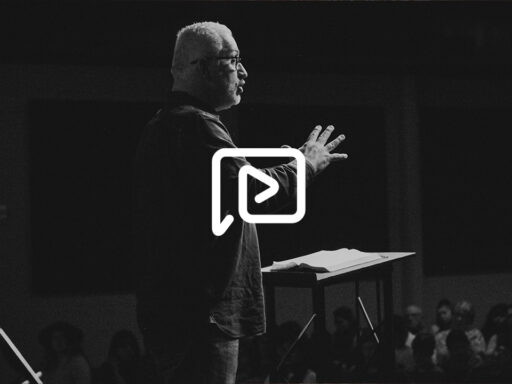Most people treat being self-taught like it’s a handicap.
They imagine a lonely genius hacking away in a dark corner, far from the polished hallways of Harvard or Yale. No teachers. No structure. No plan.
They’re wrong.
Being self-taught is a discipline. A decision. A declaration that says, “I’ll figure this out on my own terms.” It’s not about going solo. It’s about rejecting the script that someone else wrote for you and deciding to write your own.
But here’s the truth they don’t tell you: it’s hard as hell.
No one’s holding your hand. There’s no applause when you get something right. No safety net when you get it wrong. You don’t even know what you don’t know. And that can be dangerous. Or liberating.
Let me explain.
School is a shortcut. Self-teaching is a mountain trail.
School gives you the polished version—the fast track through years of trial and error. Ideally, schools update their teachings with the latest methods. But that’s the problem. Institutions like Harvard or Yale are burdened by bureaucracy. Innovation there moves like molasses.
In fast-moving fields—like marketing, creativity, tech—by the time a curriculum is approved, the world has already moved on.
The self-taught don’t have that lag.
We move fast. We test. We break stuff. We learn. While others are busy memorizing best practices, we’re out there creating new ones. That’s the edge.
Not knowing the rules is where breakthroughs come from.
Ever seen a self-taught pianist? Their wrist technique is usually “wrong” by classical standards—but sometimes, it lets them move faster than the pros.
Ayrton Senna, the legendary F1 driver, used his feet in a way no one else did. He changed gears like a madman, braking differently, shaving milliseconds off every lap. Brian Lara rewrote cricket history using an unorthodox left-handed technique.
The result? Mastery through rebellion.
Here’s the twist: at the highest levels, competition is measured in margins. A second. A word. A line of code. The stars win by inches, not miles. And those inches are often won through methods nobody taught them.
The Self-Taught Graph (and Why Most People Quit Too Early)
Learning on your own follows a brutal curve:
- You start excited. Everything’s shiny and new.
- Then reality kicks in. You realize the scale of what you don’t know. Motivation tanks.
- You grind. Confused, frustrated, doubting yourself.
- Breakthrough. A tiny win gives you a dopamine hit. You feel like maybe, just maybe, you’re not an imposter.
- Imposter syndrome returns. You compare yourself to seasoned pros and think, “Who am I kidding?”
- Consistency saves you. You stop chasing dopamine and start chasing discipline.
- Mastery emerges. Slowly. Quietly. Steadily.
That voice that once said “I’m not good enough” doesn’t go away. But it gets quieter. Replaced by something more powerful: humility.
And what does all this have to do with communication?
Everything.
Because self-taught thinkers connect ideas in ways no textbook can.
You weren’t taught to follow the same path as everyone else. That’s your power. When you speak, when you write, when you lead—you bring a perspective that isn’t a regurgitated lesson. It’s lived. It’s earned.
And that’s what makes people listen.
So here’s the real secret:
- There are no rules.
- Some people start self-taught and later formalize it with a degree. Others do the opposite.
- But the ones who win? The ones who become legends? They never stop learning.
Self-taught or school-trained, it doesn’t matter. What matters is that you stay curious, keep showing up, and keep stacking those tiny wins.
You don’t need to be miles ahead. Just one step.
That’s all it takes to be a master.
Stay hungry. Stay curious. Keep building.








